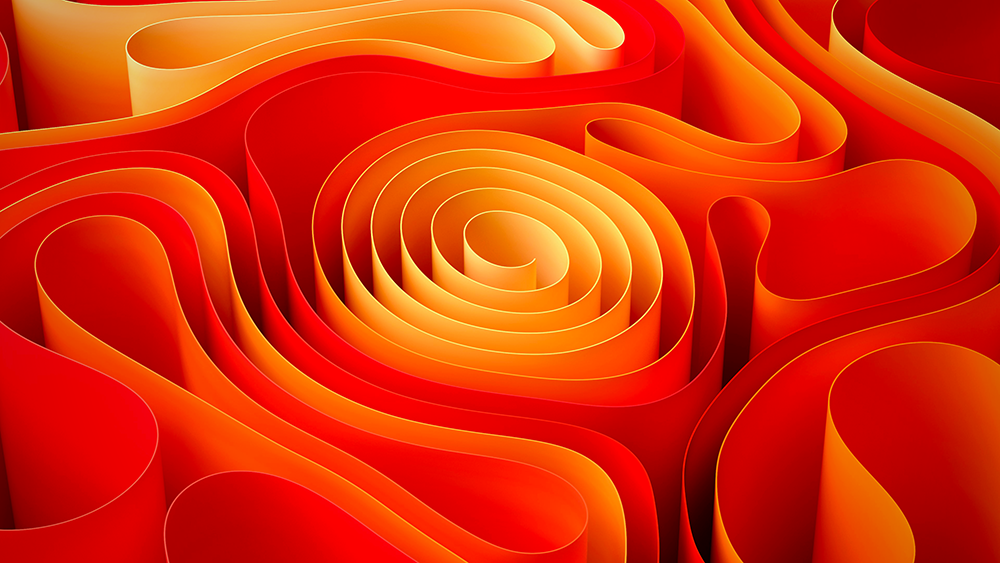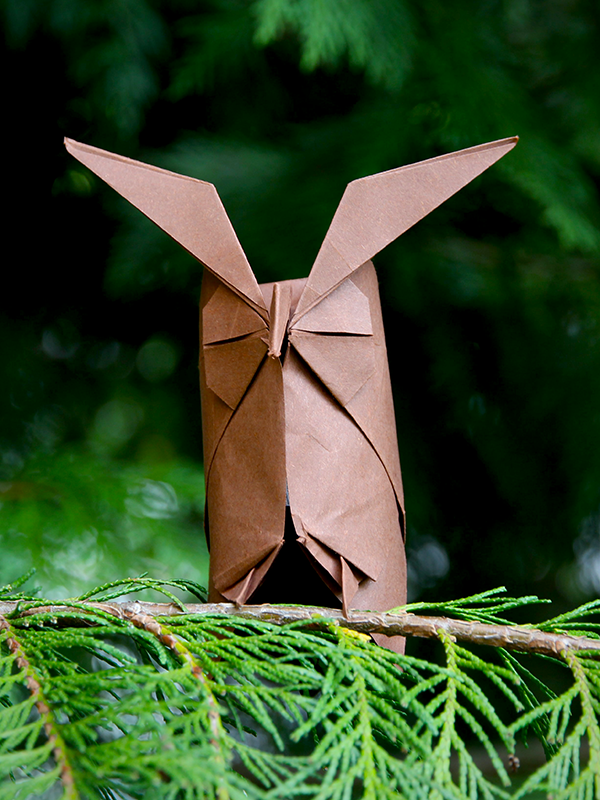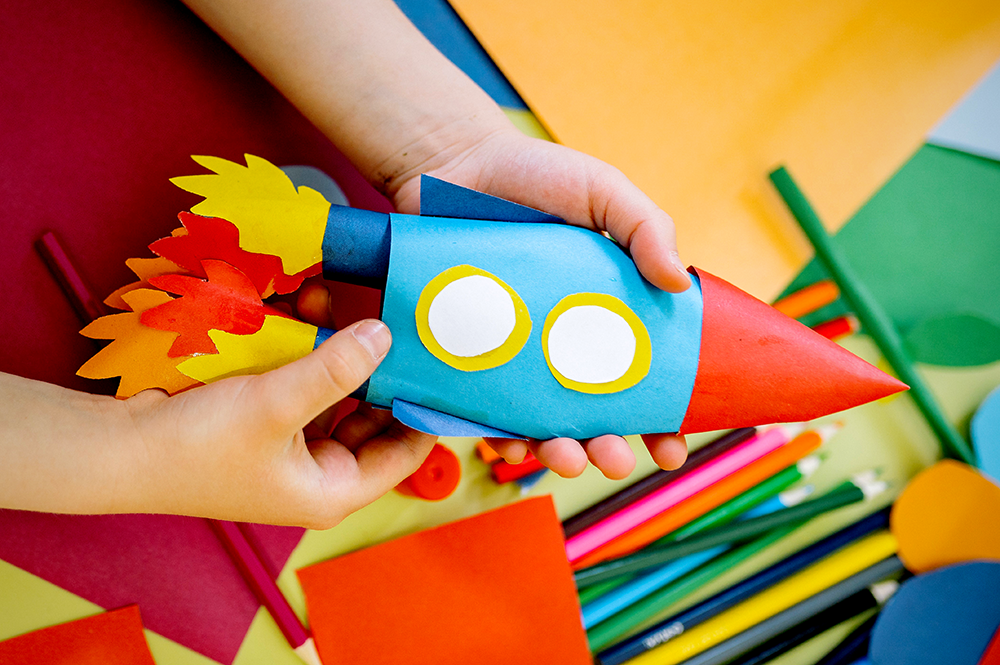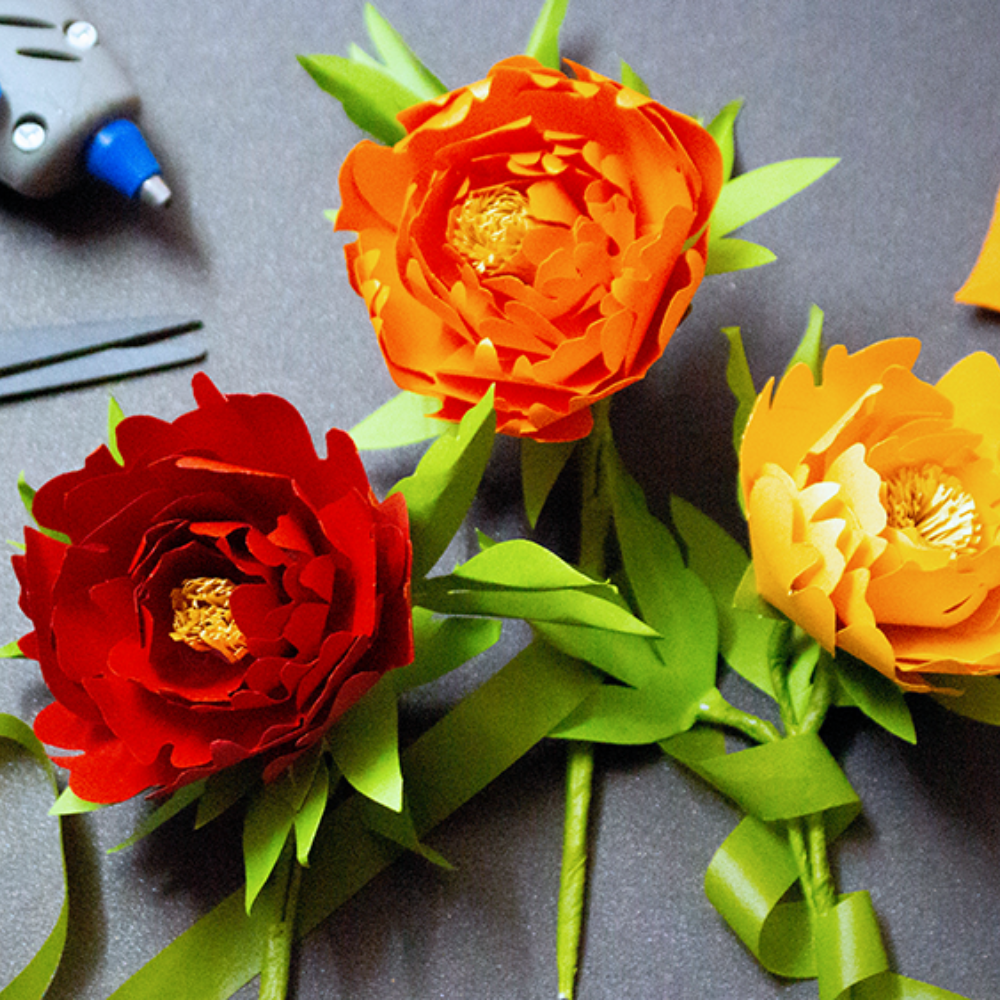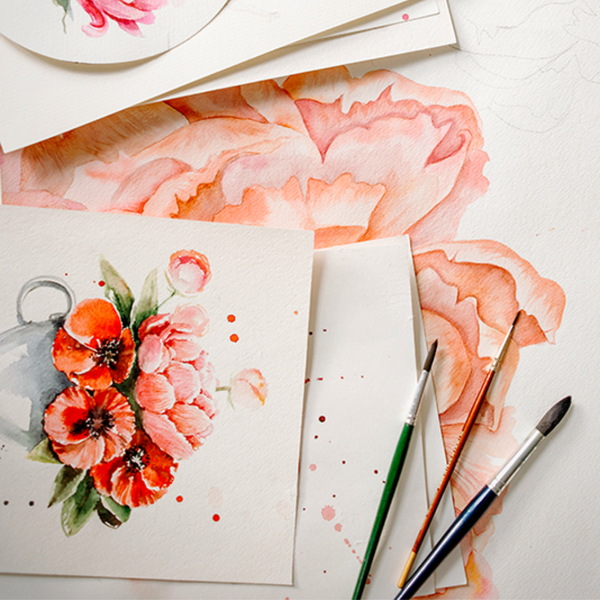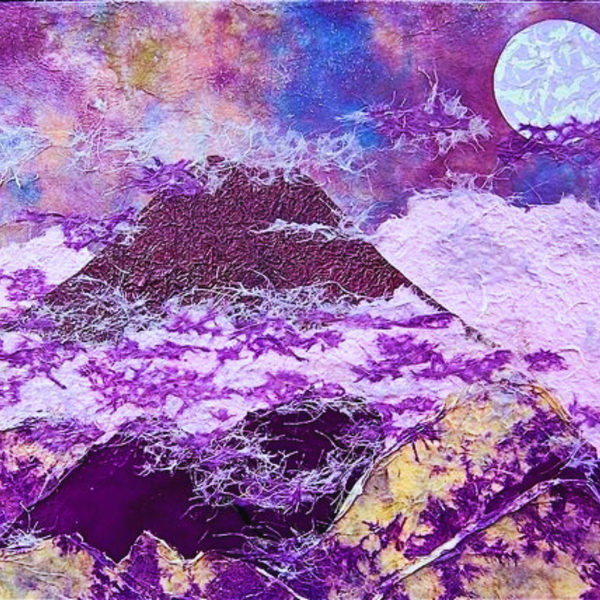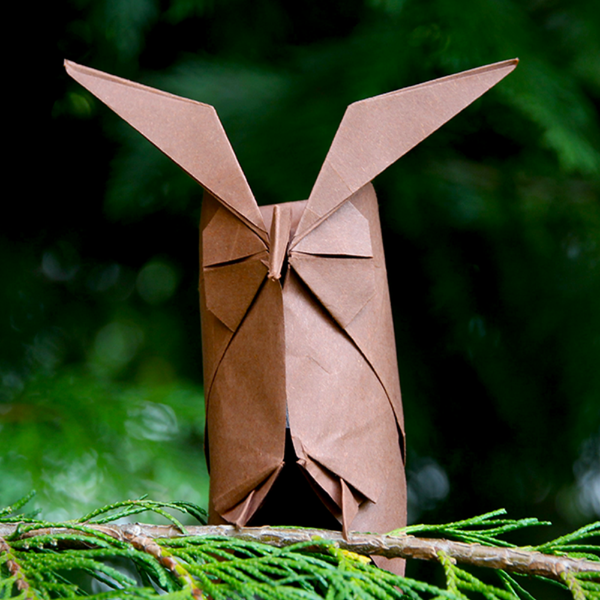Imagine a world where a humble sheet of paper blossoms into a stunning sculpture, where every crease and cut weaves a story of creativity and precision.
Welcome to the enchanting realm of paper art, a craft that transcends time and culture, turning the ordinary into the extraordinary.
Paper art, a term that encapsulates the diverse and intricate world of creation with paper, is as varied as it is ancient.
In this captivating exploration, we unfold the layers of paper art, from the serene elegance of origami to the meticulous marvels of kirigami.
The art of transforming a simple sheet of paper into a complex, three-dimensional work of art has fascinated humans for centuries.
This article delves into the various forms of paper art, exploring their histories, techniques, and the artists who have shaped this medium.
Join us on a journey through the pages of history, where we'll uncover the secrets behind these timeless techniques and celebrate the visionary artists who bring paper to life.
Key Takeaways:
- Paper art encompasses a variety of techniques including origami, paper cutting, and paper folding, each with its own history and cultural significance.
- Renowned paper artists like Akira Yoshizawa and Robert Lang have elevated paper art to new heights, inspiring a new generation of artists.
- Understanding the intricacies of paper art can enhance appreciation for this delicate medium and inspire personal creativity.


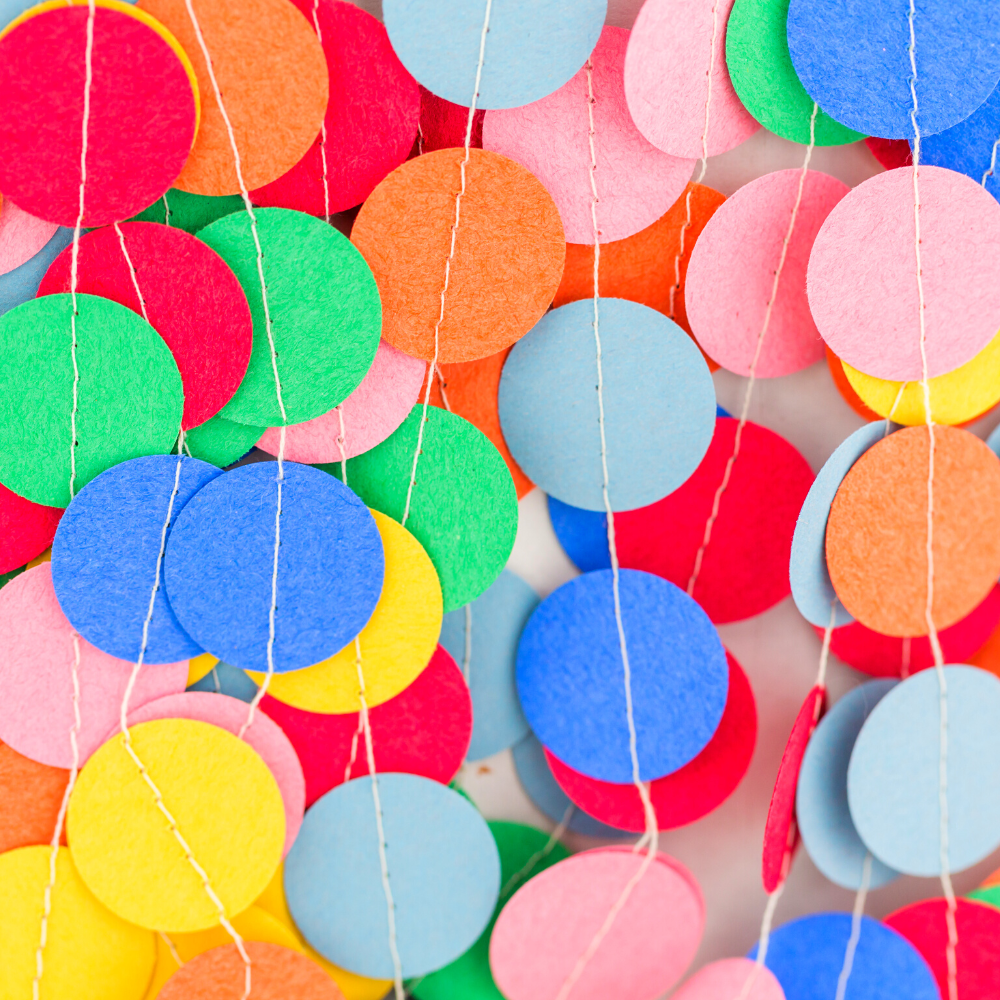
Essence of Paper Art
What is art with paper called? This question opens the door to a realm where creativity knows no bounds.
Paper art is a broad term that refers to any artistic endeavor that uses paper as its primary medium.
This can range from folding and cutting to layering and sculpting.
The versatility of paper allows artists to express ideas in two or three dimensions, often with a depth and intricacy that belies the material's humble origins.
Origami: The Art of Paper Folding
Origami, perhaps the most well-known form of paper art, is a Japanese art that involves folding paper into various shapes and figures without the use of cuts or glue.
The word origami comes from the Japanese word 'oru' meaning to fold, and 'kami' meaning paper.
This art form ranges from simple designs, like the iconic origami crane, to highly complex and detailed figures crafted by skilled artists.
Kirigami: Cutting to Create
While origami relies on folds, kirigami introduces cuts to the equation.
A paper cutting artist uses sharp tools to excise pieces of paper, creating patterns and designs that can be both abstract and representational.
Kirigami can be as simple as making snowflakes from folded paper or as complex as creating intricate designs that require planning and precision.
Influence of Akira Yoshizawa
Akira Yoshizawa, often hailed as the grandmaster of origami, brought this art form into the modern age.
His work transformed origami from a craft into a form of fine art.
Yoshizawa introduced the wet folding technique, which involves dampening the paper to allow for more sculptural and rounded forms, a departure from the traditional flat and angular origami designs.
Robert Lang and Computational Origami
Robert Lang, an American physicist, and origami artist, has taken paper folding to new levels with his use of mathematical algorithms and computer programs.
His work in modular origami, where many identical pieces are assembled to create a larger structure, showcases the blend of art and science.
Lang's techniques have even found commercial use in engineering and design, proving the practical applications of paper art.
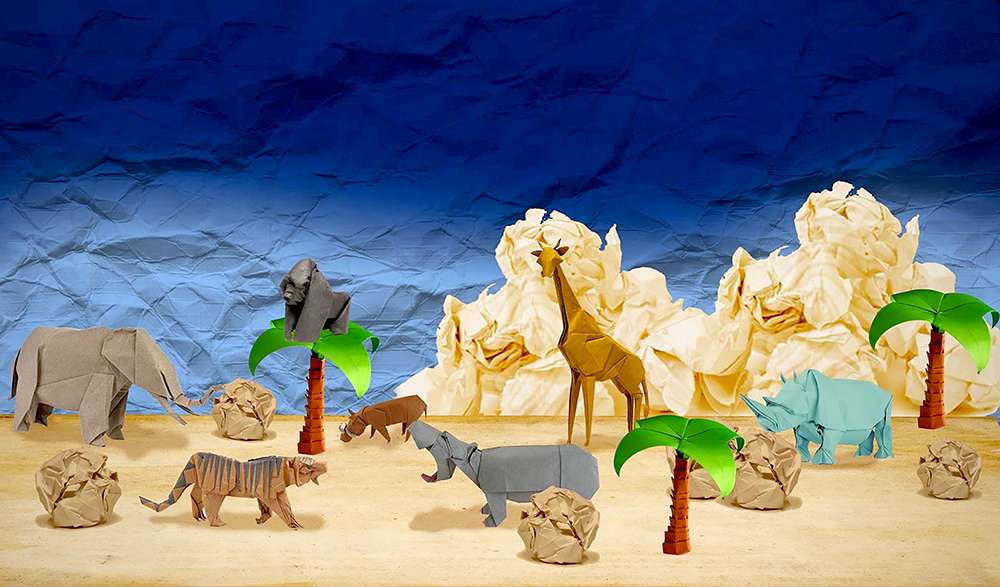


Cultural Significance of Paper Art
Paper art is not confined to any one culture or region.
While origami has its roots in Japan, other forms of paper art have emerged from different parts of the world.
In China, paper cutting is a traditional folk art with a history spanning over a thousand years.
Each culture has contributed its own techniques and styles to the global tapestry of paper art.
Materials and Tools for Paper Art
Creating art with paper requires few materials, making it an accessible medium for many.
However, the quality of the paper can greatly affect the final product.
Heavier weight papers are often used for projects that require structure and durability, while lighter papers are preferred for delicate, fine detail work.
Tools like bone folders, cutting mats, and precision knives are also essential for achieving clean folds and cuts.
Pioneering Techniques in Paper Art
Paper art is not confined to the traditional methods that have been passed down through generations.
Innovators in the field are constantly pushing the boundaries, creating pioneering techniques that redefine what can be achieved with a simple sheet of paper.
One such technique involves layering sheets of paper, meticulously glued together to create a three-dimensional version of an image.
This method, often inspired by the desire to give depth and texture to a flat surface, can transform a two-dimensional painting into a tactile experience, where light and shadow play across the layered paper, bringing the artwork to life.
Another groundbreaking approach is the incorporation of other materials into paper art.
Artists like John Smith have been known to integrate items such as wood pulp, ink, or even metal into their creations, resulting in a mixed-media collection that challenges the very definition of paper art.
These materials are often chosen to complement the paper's natural properties, adding strength or flexibility, or to introduce a new pattern or shape that enhances the overall impact of the piece.
The result is a captivating blend of tradition and innovation, where the boundaries of paper art are continually redrawn.
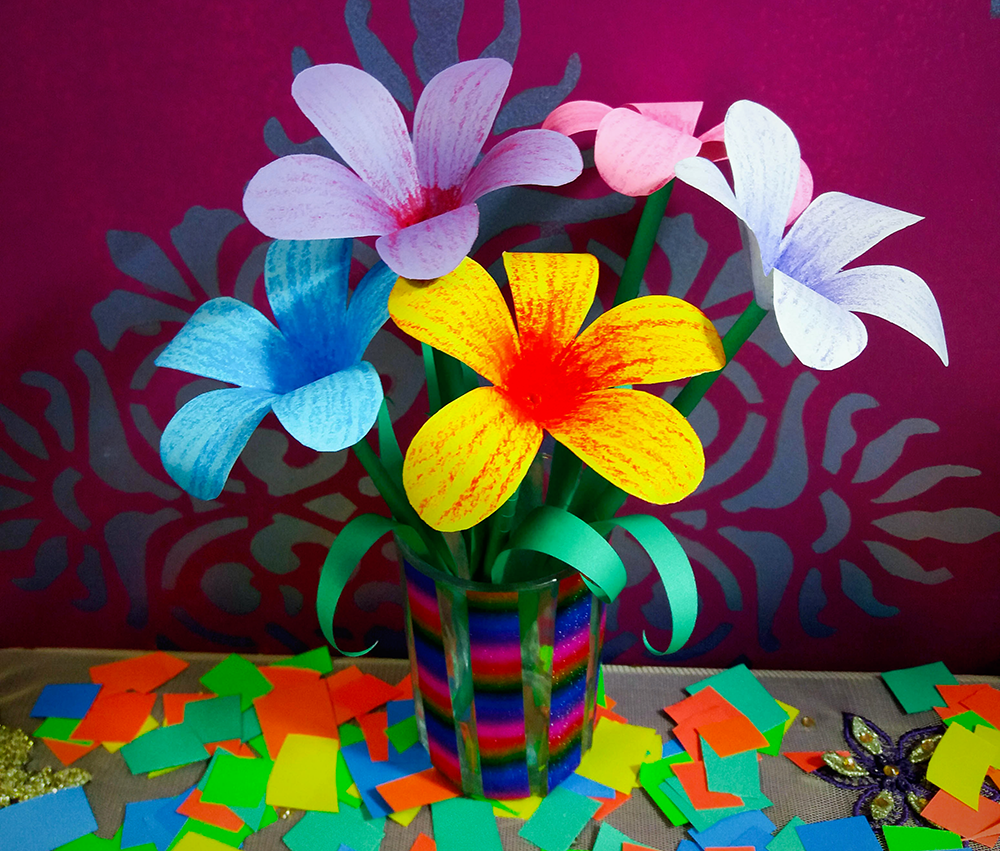

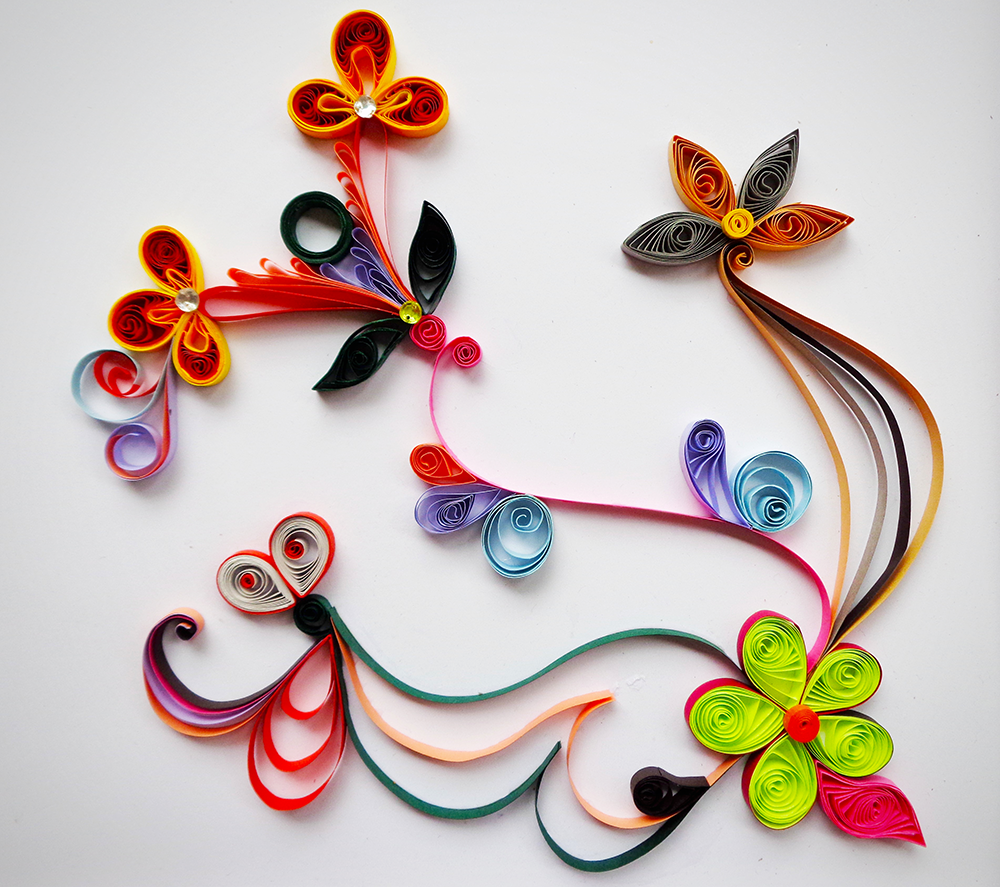
Evolution of Paper Making Techniques
The art of making paper itself has undergone a significant evolution, contributing to the diversity and richness of paper art.
Historically, paper was made from a variety of materials, but predominantly wood pulp, which was processed and flattened to create a uniform flat surface ideal for writing or drawing.
However, modern paper artists often seek out or create their own unique sheets, tailored to the specific needs of their projects.
This might involve adjusting the thickness, texture, or even the color of the paper to better suit the three-dimensional version of their envisioned artwork.
In addition to customizing the paper itself, contemporary artists are experimenting with how the paper is manipulated.
Beyond the square sheets typically used in origami art, artists are cutting, folding, and shaping paper in novel ways to achieve intricate patterns and structures.
Some are even abandoning the traditional flat surface altogether, sculpting paper into entirely new forms that defy conventional expectations.
These advancements not only showcase the versatility of paper as a medium but also inspire a new generation of artists to explore the endless possibilities that paper art has to offer.
Three-Dimensional Version of Paper Art
The realm of paper art transcends beyond the flat surfaces that one might initially envision.
Artists have pushed the boundaries to create three-dimensional paper sculptures that defy expectations.
These intricate works often begin as flat sheets, which are meticulously folded, cut, and sometimes combined with other materials to give rise to forms that pop out of the page.
The interest in these three-dimensional creations has surged, as they offer a new perspective on the traditional paper art, inviting viewers to engage with the pieces from multiple angles.
Incorporating elements such as paint can elevate a three-dimensional paper artwork to new heights.
Artists may apply paint to add depth, texture, or to bring a lifelike quality to their creations.
The interplay between the precise folds of paper and the fluidity of paint creates a dynamic visual experience.
This technique has drawn artists who seek to blend the boundaries between paper art and painting, resulting in hybrid works that are both sculptural and painterly.
The use of paint in paper art showcases the versatility of the medium and its capacity to evolve.



Role of Sketching in Paper Art
Before the transformation of paper into elaborate art forms, the initial step often involves sketching.
Artists frequently draw out their concepts as a blueprint for their paper creations, sometimes with tracing paper.
This preliminary phase is crucial for visualizing the final piece and planning the intricate cuts, folds, and assembly required.
Drawing serves as the backbone of paper art, guiding artists through the complex process of bringing their visions to life.
It is a testament to the importance of foundational skills in the execution of even the most avant-garde paper art.
The interest in the sketching stage of paper art has grown, as it provides insight into the artist's thought process and the evolution of their work.
Sketches are sometimes displayed alongside finished pieces, offering a behind-the-scenes look at the meticulous planning involved.
For educational purposes, these drawings are invaluable, as they demonstrate the connection between simple drawn lines and the eventual three-dimensional version of the artwork.
By revealing the layers of development, sketches underscore the transformative power of paper art and its reliance on traditional artistic techniques.
Process of Paper Art Creation
The process of creating paper art can be both meditative and challenging.
It often involves following step by step instructions, especially for beginners learning basic folds or patterns.
As artists progress, they may begin to experiment with their own designs, pushing the boundaries of what can be achieved with a single sheet of paper.
Paper Art in the Digital Age
The digital world has opened up new avenues for paper artists to share their work.
Social media platforms, online galleries, and video tutorials have made it easier than ever to learn about paper art and find inspiration.
Artists can now reach a global audience, and the exchange of ideas has accelerated the evolution of paper art forms.
Legalities of Paper Art: Copyright Law
As with any art form, paper art is subject to copyright law.
Artists must be mindful of the originality of their creations, especially when replicating patterns or designs created by others.
The idea of what constitutes copyright in paper art can be complex, as the line between inspiration and infringement is often blurred.
Paper Art as a Sustainable Medium
In an increasingly eco-conscious world, paper art stands out as a sustainable form of expression.
Many artists use recycled materials, giving new life to paper that would otherwise be discarded.
This aspect of paper art not only reduces waste but also adds a layer of meaning to the artwork, as each piece tells a story of transformation and renewal.
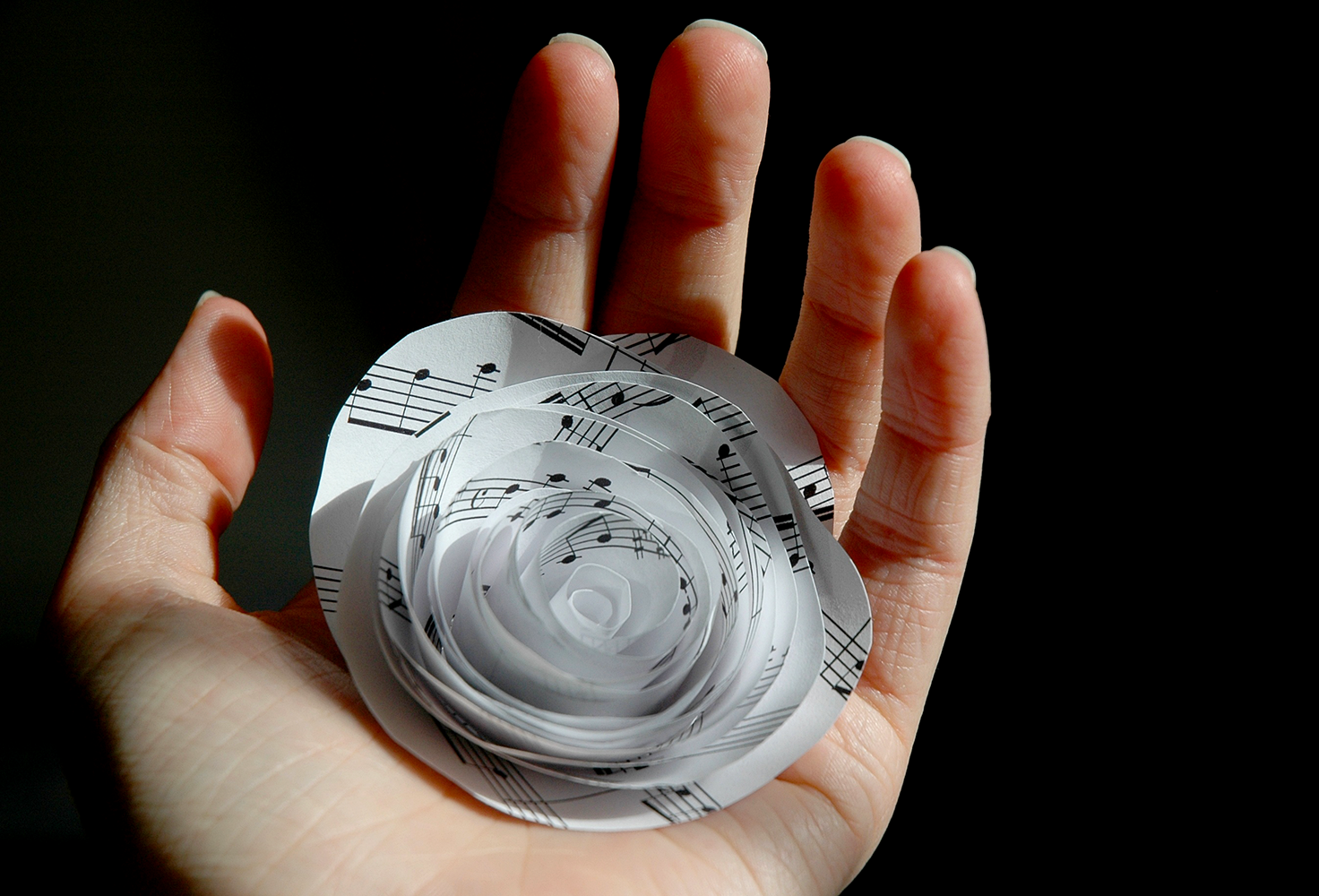
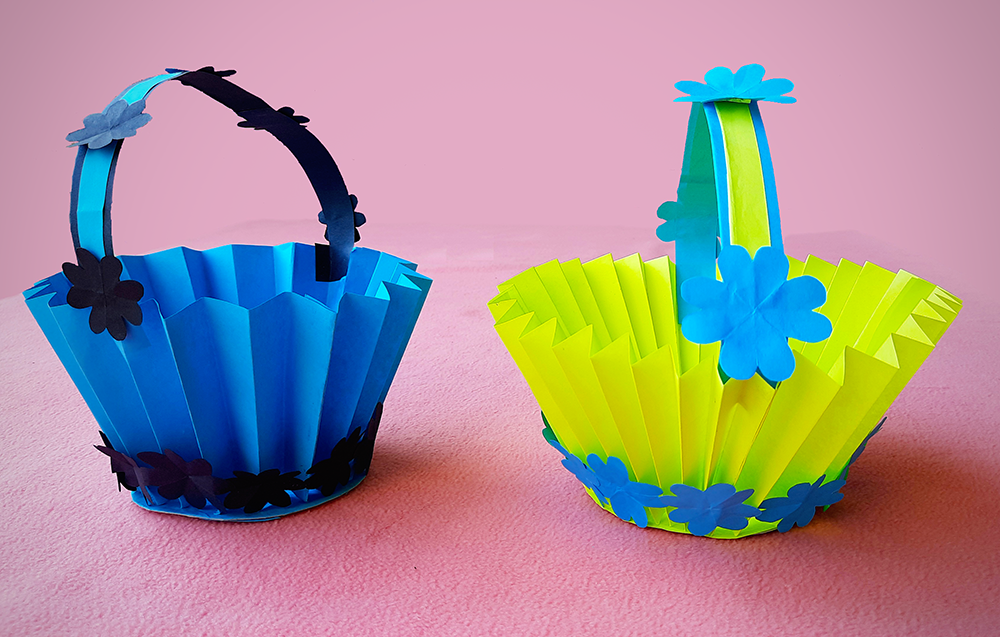

Therapeutic Benefits of Paper Art
Engaging in paper art can have therapeutic benefits.
The focus required to fold or cut paper can be a form of mindfulness, helping to reduce stress and improve mental well-being.
The sense of accomplishment from completing a piece can also boost self-esteem and provide a creative outlet for self-expression.
Paper Art in Education
Paper art has found a place in educational settings as well.
It is used to teach geometry, problem-solving, and even cultural studies.
The hands-on nature of paper art makes it an engaging tool for learners of all ages, fostering both cognitive and motor skills.
Future of Paper Art
As technology continues to advance, the future of paper art looks bright.
New paper craft techniques and materials are constantly being developed, expanding the possibilities of what can be achieved.
The intersection of traditional methods with modern technology promises to take paper art in exciting new directions.



Embracing the Timeless Elegance of Paper Art
Paper art, an expansive and diverse medium, ranges from the traditional folds of origami to the precise cuts of kirigami, and beyond.
It is a form of expression that transcends cultural boundaries and continues to evolve with the contributions of phenomenal paper artists.
We're reminded of the sheer beauty and versatility that a simple sheet of paper holds.
This ancient paper craft, which has gracefully folded and cut its way through history, stands as a testament to human ingenuity and creativity.
The legacies of pioneers like Yoshizawa and Lang continue to inspire, while the art form itself offers a peaceful retreat for the mind and a challenging canvas for the artist.
Paper art is not just a hobby; it's a bridge between past and present, a medium that will continue to captivate and innovate.
With its therapeutic benefits and educational value, paper art remains a relevant and cherished form of creativity.
Whether you're a seasoned artist or a curious beginner, the world of paper art is an open book, waiting for you to turn the page to your own creative journey.
As we look to the future, the potential for innovation within paper art is limitless, ensuring its place in the world of artistic mediums for generations to come.
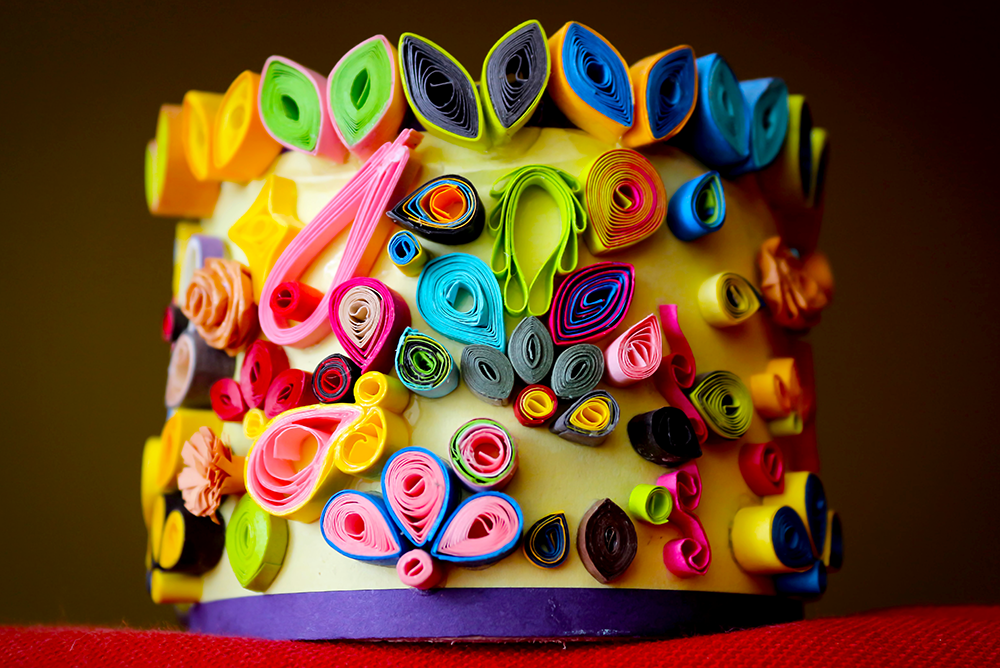

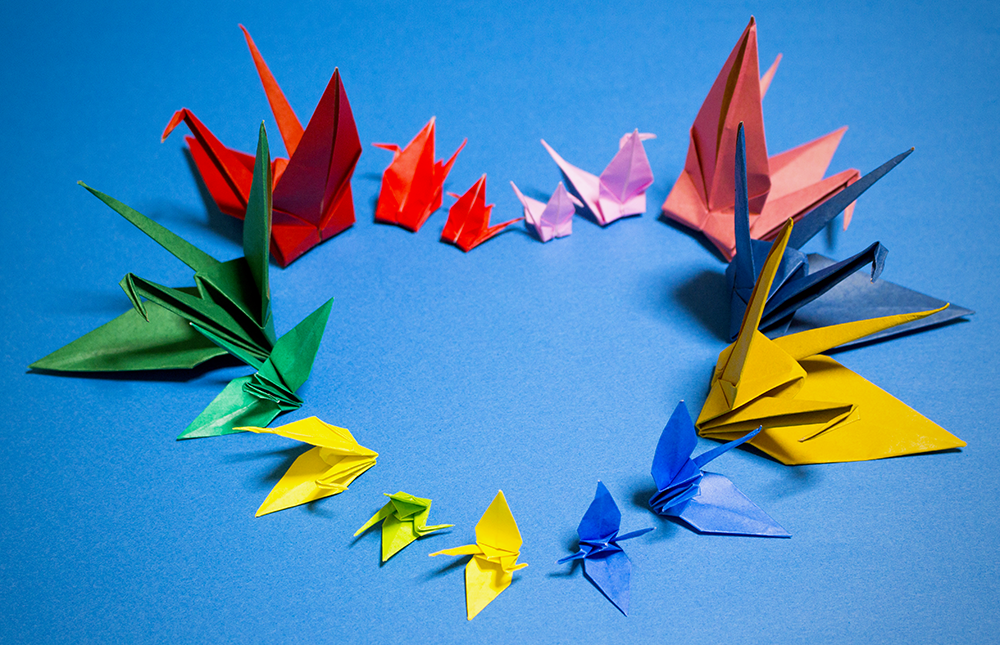
Paper Art FAQs
Dive into the delicate and intricate world of paper art, where every fold and cut tells a story.
Whether you're a seasoned paper artist or a curious newbie, you've likely encountered questions that need answers.
From the sustainability of the craft to the legalities surrounding your creations, we're here to unfold the mysteries and slice through the uncertainties of this beautiful art form.
Let's explore the common queries that both enthusiasts and professionals may have, ensuring your paper art journey is as smooth and enjoyable as the paper you transform.
What is the difference between origami and kirigami?
Origami is the art of paper folding without cutting or gluing to create shapes and figures, while kirigami involves both folding and cutting the paper to produce intricate designs.
Can paper art be considered a sustainable form of art?
Yes, paper art can be sustainable, especially when artists use recycled materials. It gives new life to paper that would otherwise be discarded and can be a statement on environmental consciousness.
Are there any copyright issues associated with paper art?
As with any creative work, paper art is subject to copyright laws. Artists must ensure that their creations are original or that they have permission to use certain patterns or designs to avoid infringement.
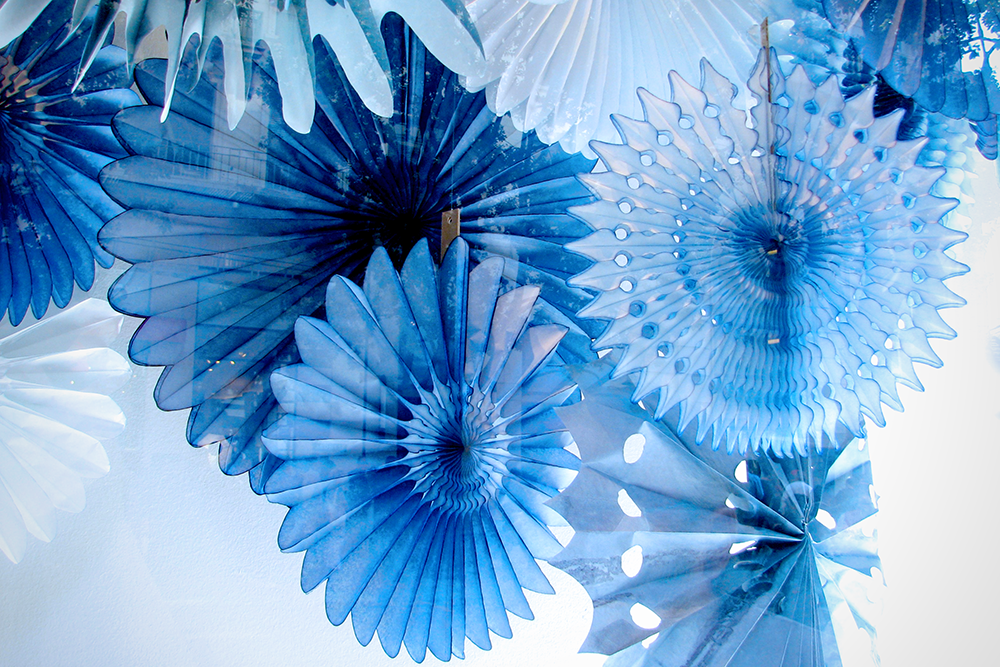
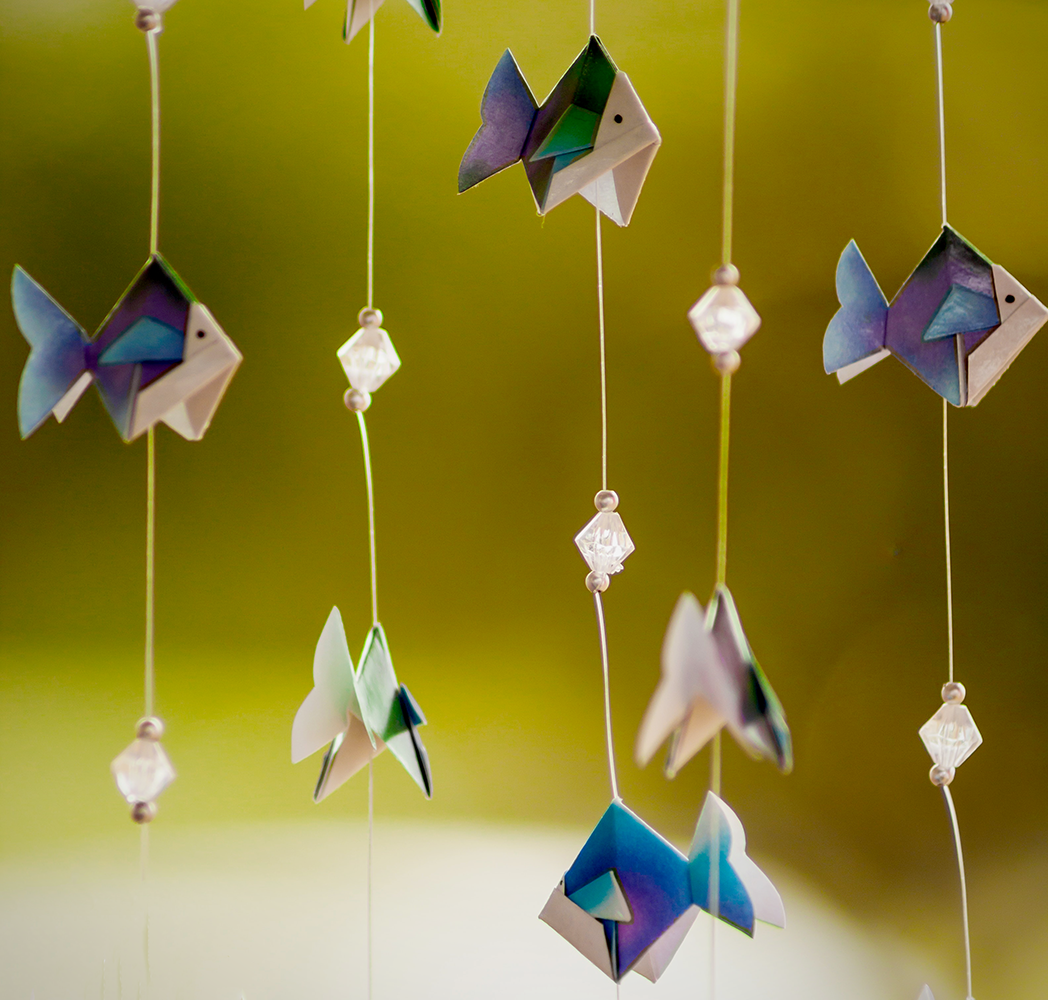
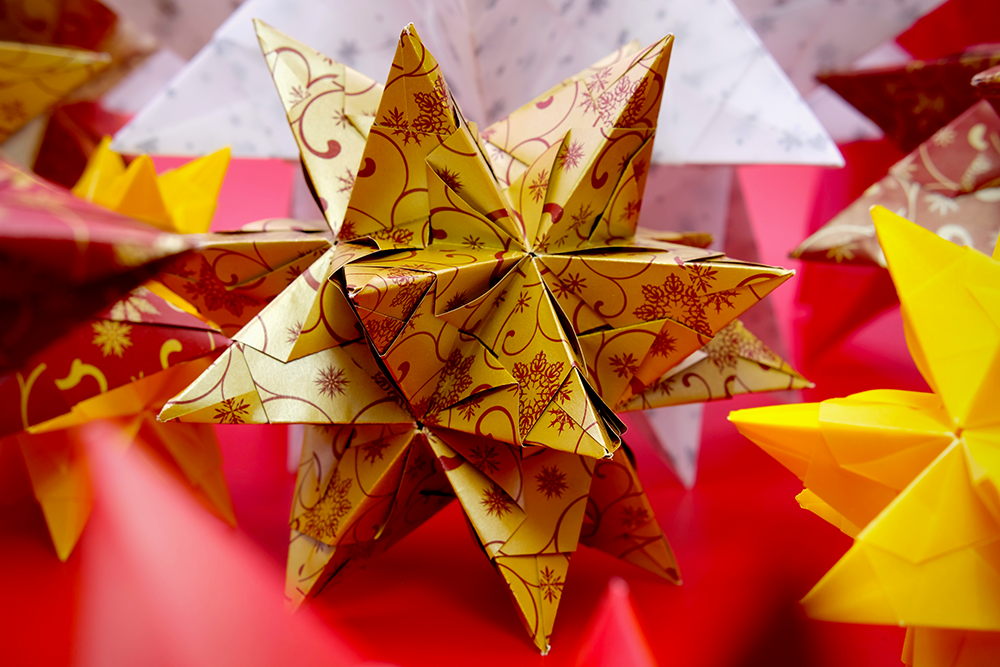
Interested in learning more about paper art techniques? Check out Latasha N. Louis' video!
Want even more content about creativity and art?
Be sure to check out all of our creative chronicles!
Eager to dive into the realm of paper art?
Check out our other art paper articles:
-What art can be made from paper?
-What kind of paper do you use for paper sculptures?
-What are paper sculpture techniques?
-How do you harden a paper sculpture?
-What paper do most artists use?
